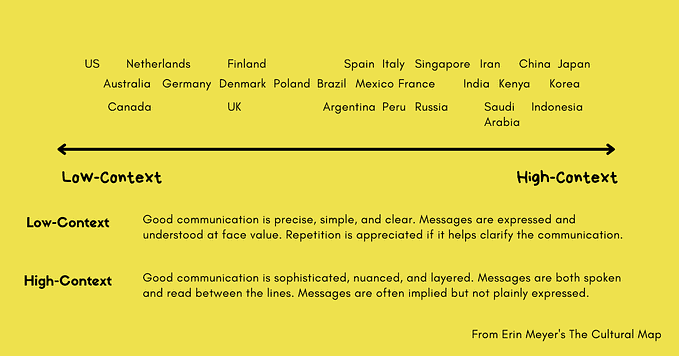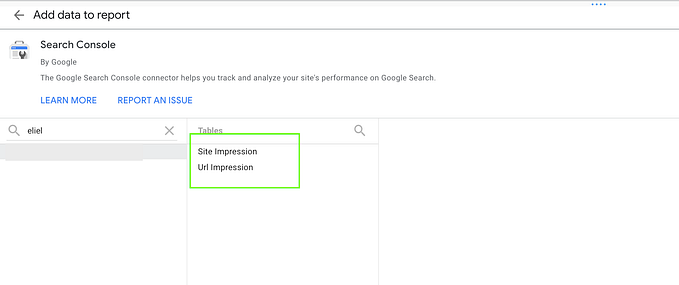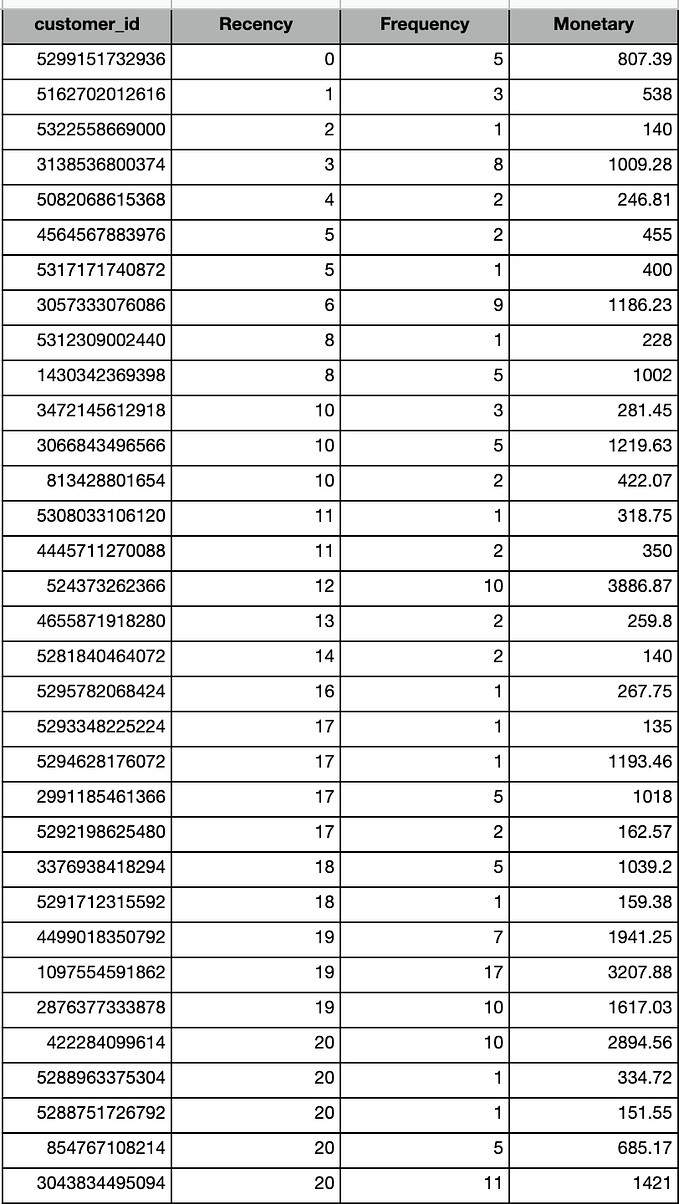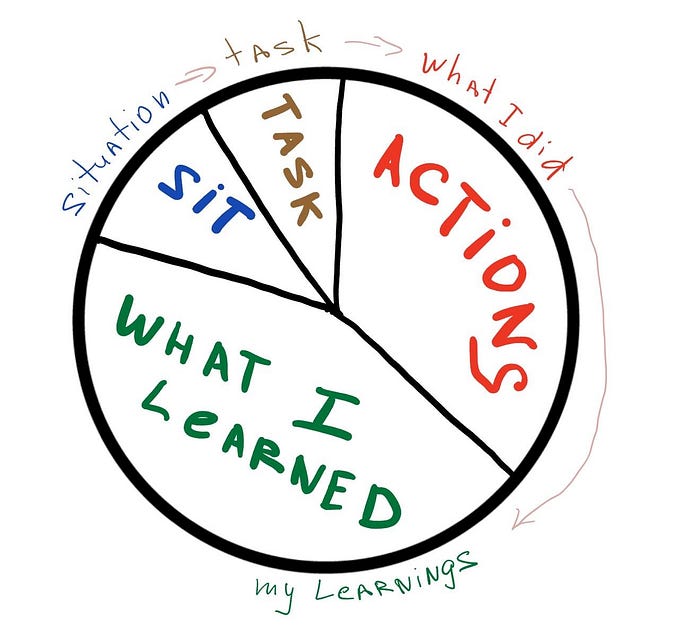A Crucial Criteria in Managing Team Performance

Consider a newly hired employee which was recruited from a competitor. This new hire had a reputation for implementing excellent performance management techniques. Having the benefit of an outsider perspective, this new employee can point to processes that could be improved.
This employee might advocate for providing the team members with more performance-related feedback. This newly hired person may email all team members and managers with suggestions for improvement based on proven practices.
Some of these suggestions may be new to the company due to different processes, persons involved, equipment, products, and clients. However, others, if implemented may produce quality results.
Members of the team and supervisor who were accustomed to “doing things the same way we’ve done them before” may view this behavior as a threat to the status quo. Furthermore, senior managers may also feel personally threatened by the knowledge, energy, and innovative ideas of the new employee.
Such a response might indicate that the people sitting in the leadership position are not acknowledging the multidimensional aspect of employee performance. On the other hand, other companies welcomed and even rewarded such behavior in healthier organizational environments that are more adaptable and encourage innovation and improvements.
Herman Aguinis defines the act of raising constructive objections with the intention of improving rather than merely criticizing, challenging the status quo in a constructive manner, and making original suggestions for change even when others, including an employee’s supervisor, disagree known as “voice behavior.”
Examples of voice behavior include:
- expressing constructive recommendations to others
- communicating one’s own opinions even when these opinions are different from others
- encouraging changes that improve group performance.
There are two types of voice behavior: speaking out (voice toward peers) and speaking up (voice toward the supervisor). Managers facilitate both speaking out and speaking up. But this is not easy, it involves risks:
- It might be associated with discomfort
- gain a negative public image or label
- damage the relationship with others and thus destroy social capital
Because of the potential risks of voice behavior, some team members are more likely to remain silent than to voice their thought. Furthermore, before speaking, employees engage in a calculated and deliberate decision-making process that aids in weighing the advantages and disadvantages of voice behavior
The intriguing question of how people make these decisions is raised by the fact that employees choose who to speak to and who to keep silent with. A study from China shows that social identification predicts speaking out toward peers (voice towards peers), while personal identification predicts speaking up toward the supervisor.
Personal identity refers to those attributes that make the person different from others. Social identity refers to those aspects that link the person to a social or cultural group or are derived from it.
These behaviors help employee engagement and drive organizational change. A well-implemented performance management system allows employees to engage in voice behavior that can lead to improved organizational processes.
The exploration of this idea will be helpful in terms of understanding the multidimensional nature of team performance and how different performance dimensions may be valued.








